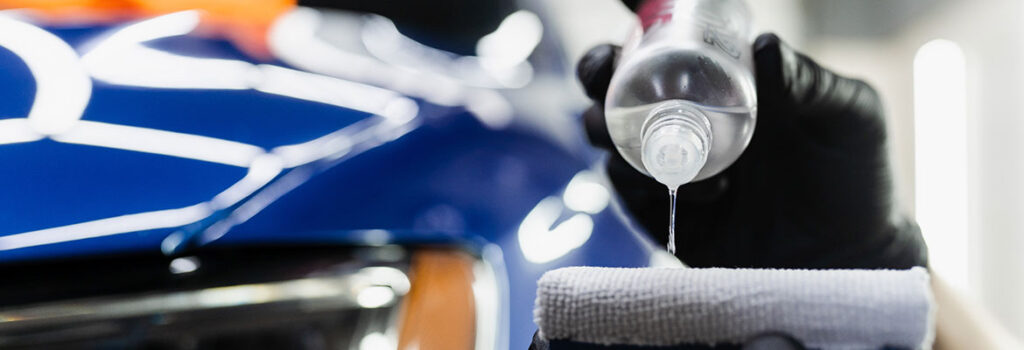Surprisingly, paint protection film has its origins in the US military. During the Vietnam War, military officials sought to minimize the damage to their helicopters from debris, particularly the rotors. Researchers at 3M eventually developed a polyurethane film that could conform easily to any shape and create a tight bond that could protect whatever was underneath from light debris.
Many decades later, these sheets would evolve to be more transparent as the original film was opaque (achieving optically clear tape wasn’t really a priority during wartime). In turn, the use of this film would change from stopping artillery shrapnel to stopping rocks on the road and protecting your car’s paint. Initially, only those with exotic cars took the plunge, but the benefits of PPF would quickly spread, and its use would increase.
The polyurethane film covers the car’s top coat, forming a tight bond that protects it from physical damage and harmful UV radiation, which could cause it to fade. A great benefit of this elastic polymer is its ability to “self-heal,” removing any minor scratches.
